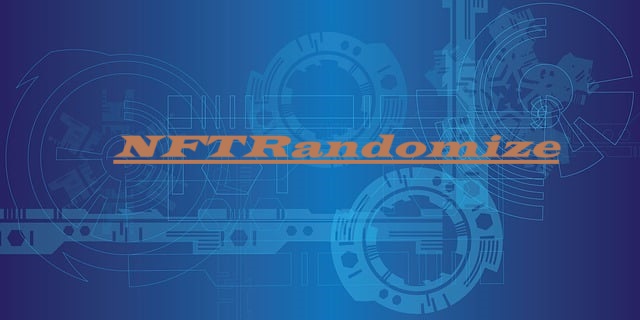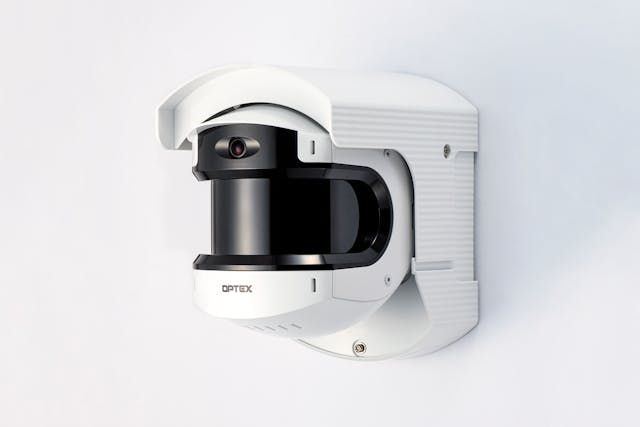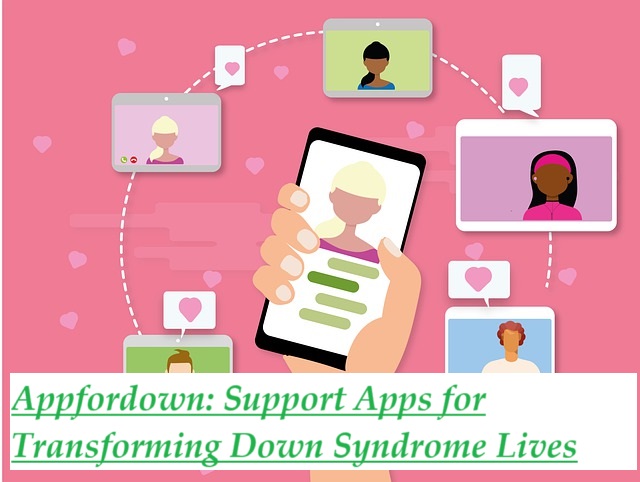In the field of digital collectibles, NFTRandomize has emerged as a game-changing tool. The process of creating, distributing, and valuing non-fungible tokens (NFTs) is being transformed by this revolutionary technology. Understanding and mastering NFTRandomize has become essential for creators, investors, and collectors alike as the NFT market continues to expand.
This thorough aide means to investigate the intricate details of NFTRandomize. It will talk about best practices that users can use to get the most out of this technology, common problems and how to fix them, and NFTRandomize’s future. Whether you’re new to NFTs or an old pro, this guide will outfit you with the information and abilities to explore the intriguing universe of NFTRandomize.
NFTRandomize Best Practices
Choosing the Right Randomization Method
NFTRandomize employs various randomization techniques to ensure uniqueness and fairness in NFT creation. The choice of method depends on the specific requirements of the project. Simple randomization creates an entirely unpredictable sequence, while restricted allocation methods like minimization can ensure better balance of characteristics. For NFT projects with multiple variables, stratified block randomization is often preferred, as it balances numbers in each group while reducing predictability.
Balancing Rarity and Accessibility
One of NFTRandomize’s key features is attribute rarity configuration, allowing creators to specify rarity levels for each property.This management of scarcity can significantly impact the market value of NFTs. By carefully balancing rarity and accessibility, creators can enhance the appeal of their collections. The combination exclusion feature ensures that each NFT meets the creator’s artistic standards by preventing certain attribute combinations.
Implementing Provably Fair Systems
To address concerns about fairness in NFT generation, implementing a provably fair system is crucial. This approach uses cryptographic calculations to verify the fairness of the randomization process. The system combines a server seed and a player seed to create a game hash containing the result. After the process is complete, the unhashed server seed is revealed, allowing verification of the outcome. While this system enhances transparency, it’s important to note that its complexity may limit its practical use by the average user.
Overcoming NFTRandomize Challenges
Addressing Gas Fee Concerns
Gas expenses have turned into a critical boundary to section for standard reception of NFTs. Before 2020, blockchain exchanges were generally modest, however the ascent of Web3 and NFTs has prompted inflated costs. Understanding the concept of gwei, a small Ether denomination used to measure gas costs, is essential to comprehending gas prices. The maximum amount a user is willing to pay for a transaction is known as a gas limit. The Ethereum 2.0 overhaul, booked to start in August 2022, vows to decrease gas expenses fundamentally by changing to a proof-of-stake model.
Ensuring Scalability and Performance
Scalability is fundamental for long-term success in NFT applications. It impacts many areas of the business and enhances an application’s ability to handle unexpected spikes in traffic or data volume. To improve scalability, developers can implement horizontal scaling, which involves adding more instances of application services across multiple servers.This approach offers higher scalability potential and increased resilience. Additionally, using load balancers to distribute incoming traffic across multiple servers can prevent overloading and ensure responsiveness.
Navigating Legal and Regulatory Considerations
As the NFT market grows, legal and regulatory challenges emerge. Organizations planning NFT projects must consider intellectual property rights, terms of sale, and privacy concerns. It’s crucial to set clear legal guidelines on how the IP associated with an NFT can be used. Privacy risks exist despite the pseudo-anonymous nature of NFT transactions, as individuals can be associated with transactions through various data points. Additionally, there are concerns about money laundering through NFT sales, leading to potential regulatory scrutiny. Companies must carefully assess each NFT on its own merit for legal purposes, as the wide range of NFT types and assets they represent complicates classification.
Conclusion
NFTRandomize is causing a revolution in the world of digital collectibles, offering groundbreaking ways to create, distribute, and value NFTs. This guide has explored the key aspects of NFTRandomize, from choosing the right randomization method to addressing challenges like gas fees and scalability. By understanding these elements, creators, collectors, and investors can make the most of this technology and navigate the ever-changing NFT landscape more effectively.
As the NFT market continues to grow, mastering NFTRandomize will be crucial to stay ahead in this fast-paced domain. The future of NFTRandomize looks promising, with ongoing improvements in fairness, accessibility, and regulatory compliance. By applying the best practices and overcoming the challenges discussed in this guide, users can harness the full potential of NFTRandomize and contribute to the exciting evolution of the NFT ecosystem.
FAQs
1. How can I create a randomly generated NFT?
To create a randomly generated NFT, follow these three steps:
- First, upload your artwork to the InterPlanetary File System (IPFS).
- Next, create a smart contract that will be used to mint your NFTs.
- Lastly, assign a randomly generated unique ID to each NFT.
2. What are the steps to create an NFT?
Creating an NFT involves several key steps:
- Choose the type of digital content you own the rights to, such as an image, music, or digital art.
- Select a blockchain on which to issue your NFTs.
- Set up a cryptocurrency wallet to store your NFTs.
- Pick a marketplace where you will create and list your NFT for sale.
- Finally, create your NFT and prepare it for sale.
3. How are NFTs procedurally generated?
Procedurally generating NFTs involves multiple steps:
- Start by generating a unique ID for each NFT.
- Generate text colors and a number string.
- Set parameters for shaping the generation.
- Create a loop to handle additional shape parameters.
- Calculate the digital root of the number string.
- Determine if the result of the digital root is odd or even to proceed with further attributes.
4. What is the process to generate 10,000 unique NFTs?
To generate 10,000 unique NFTs, follow these steps:
- Begin by creating various layers in Photoshop to design the different components of your NFTs.
- Use software to generate NFTs and metadata files, ensuring to include rarity attributes.
- Upload your NFTs to the IPFS for decentralized storage.
- Develop a smart contract and mint your first NFT.
- Finally, list and sell your NFTs on an NFT marketplace.









